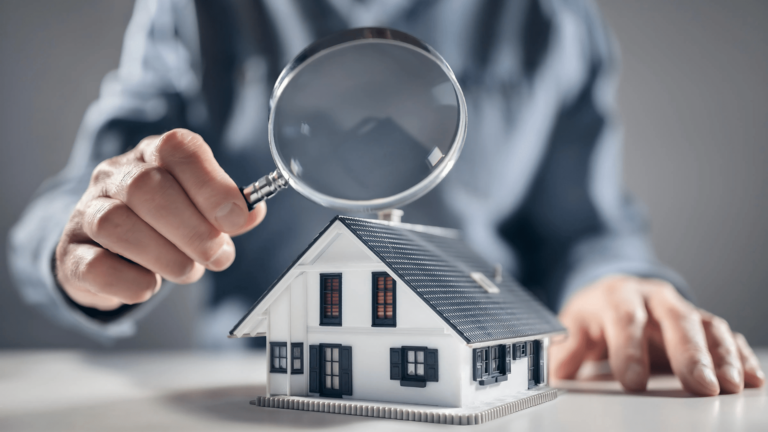Building a house in Texas might seem straightforward—pick a lot, design your dream home, hire a builder, and you’re good to go. But there are hidden costs that can wreck your budget fast. I’ve seen people start with a comfortable budget, only to end up spending way more than they expected. The problem? Unexpected expenses when building a home in Texas what can pop up and how to dodge these money traps.
Table of Contents
ToggleLand Prep Can Drain Your Wallet
Buying land isn’t just about the price per acre. The real kicker? Preparing the lot.
Here’s what can add up fast:
- Soil Testing: Builders need to know if the ground can support a house. Bad soil means expensive fixes.
- Clearing and Grading: Got trees, rocks, or uneven ground? Contractors will charge to make it buildable.
- Utility Hookups: Bringing in water, electricity, and gas can add thousands, especially if you’re building far from existing lines.
- Flood Zones: If your land is in a floodplain, expect extra costs for elevation, drainage, and insurance.
Avoid this by asking for a land survey before you buy. Talk to a local builder to get estimates upfront.
Permits and City Fees Pile Up
Texas may seem builder-friendly, but permits are still a thing. Depending on your city, these can range from a few hundred to several thousand dollars.
Common permit costs:
- Building permits: Required for the structure itself.
- Electrical, plumbing, and HVAC: Each needs separate permits.
- Impact fees: Some cities charge fees to connect new homes to public infrastructure.
- Inspections: Multiple inspections happen throughout the build.
How to avoid overpaying? Check with the local building department before you start. Some areas have different rules, and knowing them helps you plan for the real cost of permits.
Cost of Materials Can Spike Anytime
Prices for lumber, concrete, and steel shift all the time. A budget today might not cover the actual material costs when you’re ready to build.
- Concrete shortages? Higher price.
- Lumber tariffs? Extra cost.
This is why you need a contract that locks in pricing or at least gives a price adjustment cap.
Custom Features Can Bleed You Dry
Your dream kitchen might cost way more than you think. Custom cabinets, high-end finishes, and oversized windows escalate costs quickly.
Some money traps:
- Upgrades: Builder-grade materials are cheap. Custom means high ticket prices.
- Modifications: Changing plans mid-build costs time and money.
- Luxury extras: Walk-in showers, premium countertops, and smart home features add up fast.
The fix? Decide what matters most and cap upgrades before you even break ground.
Surprise Labor Costs
Labor isn’t just the hourly wage of a contractor. There are also subcontractors, delays, and overtime costs.
These can inflate your bill:
- Delays: Weather, material shortages, and scheduling conflicts push timelines back.
- Subcontractor issues: If one crew is late, the next one charges more for the wait.
- Change orders: Any tweak to the original plan means more labor charges.
How do you control costs? Stick to the plan and build during normal working seasons to reduce weather issues.
FAQs
Is it cheaper to build or buy a house in Texas?
It depends on the market, but building can sometimes cost more than buying, especially if you’re not careful with expenses.
How much should I budget for unexpected costs?
A good rule of thumb? Add 10-20% extra to your budget for the hidden costs that always pop up.
Are builder quotes usually accurate?
Not always. They often exclude site prep, permits, and customizations that you’ll end up paying for later.
Can I negotiate costs with a home builder?
Absolutely. Lock in material prices early, ask for upgrades as part of the package, and compare multiple quotes before choosing.
Conclusion
while building a home in Texas can be a rewarding endeavor, it’s crucial to be aware of the hidden costs that can significantly impact your budget. From land preparation and permit fees to material price fluctuations and unexpected labor charges, these expenses can quickly accumulate. To mitigate these risks, thorough planning, detailed contracts, and a contingency fund of 10-20% are essential. Ultimately, informed decision-making and proactive management of potential pitfalls will ensure a smoother and more financially predictable home-building experience.

